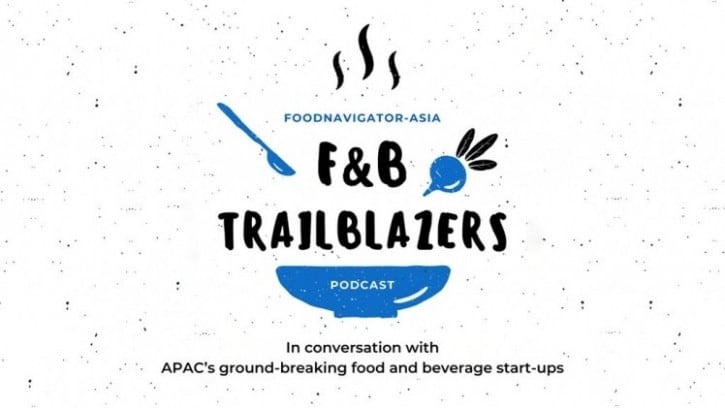Umami Bioworks hit the news recently for its merger with Shiok Meats, especially with both firms well-known for being cultivated seafood industry leaders and pioneers in their own right.
“The M&A really came about when we saw that the market was unfortunately turning sour and sentiment was down during this trough of disillusionment period,” Umami Bioworks CEO Mihir Pershad told FoodNavigator-Asia during the most recent episode of our Food and Beverage Trailblazers podcast.
“We know the market will come back once past this trough and that we will see recovery on the backside, but how good that recovery is and how long it will take is still to be seen so we needed to think about how to position the company to be in the best possible state to be the obvious choice for seafood industry incumbents to partner with both during this window and post-recovery.
“One of the important parts was to bolster our IP portfolio and accelerate our path to solving some of the existing problems, so when looking at the similarities of the core theses of both Umami and Shiok, there are IPs there we think can be applied to both crustaceans and also to a broader portfolio across fish.
“This means that the merger is helping us to plug a few gaps, and time will tell if we successfully pull that off but if we do, it puts us in a position of being a complete platform that a big industry incumbent can come in and say today I want to work with you on tuna, two years from now lobster and crab, and a year later unagi and so on.
“This is the sort of portfolio breadth that can lead to a long-term business relationship and importantly also justify a big investment from the brands in building factories over say five years or more.”
Umami is working with Japanese seafood giant Maruha Nichiro where it obtained many of these learnings.
“Maruha Nichiro is a multi-billion revenue business, and when you’re talking to large companies of that size, the key is that the opportunity has to be big enough to justify the risk they are taking in being an early adopter,” Pershad added.
“Cultivated will not be able to escape being an early adopter business for several years, so we must help these brands to see what it could look like 10 years down the road and that it can be a big stable part of their business.
“Because if we can’t sell them on that vision, it will be too risky for a lot of seafood companies that are quite traditionally minded to make that leap.”
He also highlighted that despite recent instabilities in the cultivated industry in markets like the United States and Singapore, production and commercialisation timelines are not as far out of sync as one might expect.
“For cultivated seafood, we believe that the timeline is going to be along the lines of first generation products (more premium, higher-priced items like unagi) by 2025, then second generation products (middle-market species such as grouper) by late 2026 or early 2027,” he said.
“Middle market species such as these or potential third generation species like perhaps halibut or tuna will have 30% to 35% lower price points, but more applications and a much bigger market than unagi so investments in facilities can still be justified.
“The thing now is that we have to prove consumers are willing to buy these products with unagi which is in the $80 to $200 per kg range, then we can move to the second and third generation middle market species in the $30 to $50 per kg range.
“Only then will we be able to move up to scale and get to price points matching what consumers pay for cheaper fish like salmon – so the journey towards a truly mass market product is still going to be a multi-year one, similar to the journey electric vehicles and solar panels have taken as we can only build factories and change consumer behaviour so fast.”
Listen to the podcast above to find out more behind-the-scenes insights into the merger between Umami and Shiok Meats.
We will be taking a closer look at Protein Trends in our upcoming Growth Asia Summit 2024 in July this year - find out more here.


